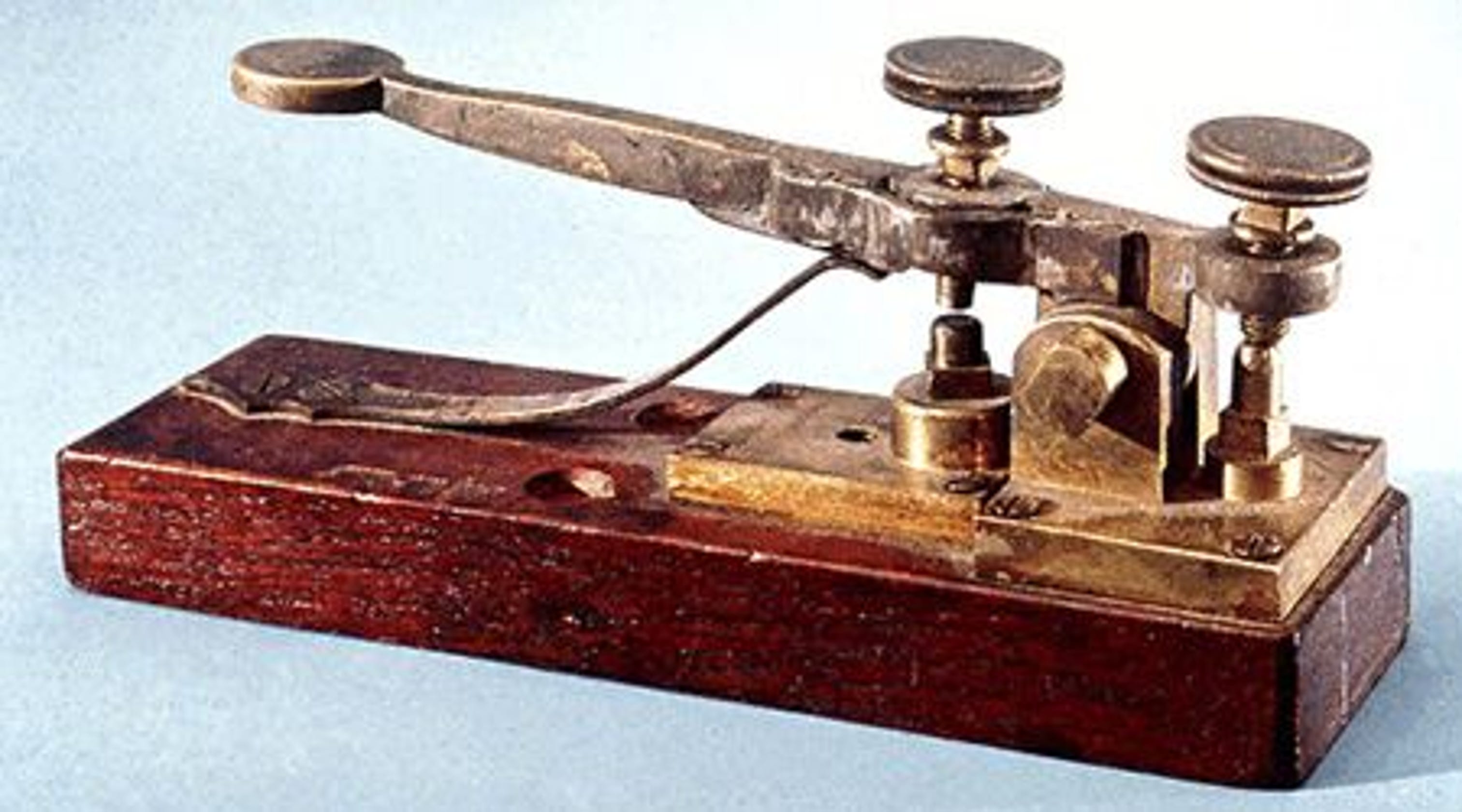5 Ways to Print Excel Sheets on A4 Size

When working with spreadsheets in Microsoft Excel, printing your data accurately can be quite a challenge, especially when you want to fit it onto an A4 size paper without sacrificing readability. Here are five detailed strategies to help you print your Excel sheets effectively.
Adjusting Page Layout Settings

The simplest way to ensure your Excel document prints on an A4 page is by manipulating the page layout settings:
- Set Paper Size: Go to Page Layout, then click on Size and choose A4 from the list.
- Page Orientation: Choose between Portrait or Landscape based on your data arrangement.
- Scaling: Under the Page Layout tab, you can adjust the scale of your printout. Options include Adjust to: or Fit to:, where you can scale your sheet to fit within a certain number of pages horizontally or vertically.
Using Print Titles and Headers/Footers

To keep headers and footers consistent across multiple printed pages:
- Print Titles: Go to Page Layout > Print Titles. Here, you can set rows or columns to repeat at the top of each printed page.
- Header/Footer: Add custom headers or footers through Insert > Header & Footer. This is useful for adding page numbers or company logos.
🖨️ Note: Ensure your headers and footers are concise to avoid them taking up too much space on the A4 page.
Manual Page Breaks

Manual page breaks can help control exactly where your data breaks across pages:
- To insert a page break, select the row or column where you want the break and go to Page Layout > Breaks > Insert Page Break.
- You can also remove or reset these breaks to control your print layout effectively.
Conditional Formatting and Print Preview

Before printing:
- Conditional Formatting: Highlight important data or rows/columns that need special attention in print by using Conditional Formatting. This can make the printed document more readable and visually appealing.
- Print Preview: Always check the print preview to see how your spreadsheet will look when printed. Go to File > Print to view this. Adjust settings as necessary until the document is formatted as desired.
Custom Margins and Paper Orientation

Sometimes, adjusting margins and orientation can make a significant difference:
- Margins: From Page Layout, select Margins and choose Custom Margins to modify the margins to fit more data on a page without compromising on readability.
- Orientation: Changing the paper orientation can help fit wide spreadsheets on an A4 page. Remember, portrait is typically for vertically long documents while landscape suits wider data.
📐 Note: Be aware of the default printer margins which might affect your printed output. Set custom margins accordingly.
These methods will help you control the printing of your Excel sheets, ensuring that the data fits neatly on A4 paper. Whether you need to distribute printed reports, analyze data on paper, or create clear visual representations, mastering Excel's print settings can significantly improve your output. By following these steps, you can print your documents in a way that looks professional and is easy to follow.
Why doesn’t my Excel sheet fit on one A4 page?

+
Your sheet might be too wide or too long for an A4 page. Adjust scaling options or consider changing the orientation or margins to fit your content.
Can I print headers on every page in Excel?

+
Yes, by using Print Titles under the Page Layout tab, you can specify rows or columns to appear on each printed page.
How do I adjust scaling to print my Excel sheet?

+
Navigate to Page Layout > Scale to Fit. Here you can adjust the scale or specify how many pages wide or tall your sheet should be.
What’s the difference between portrait and landscape printing?

+
Portrait printing is more suited for documents where content is taller than it is wide. Landscape is better for spreadsheets that are wider due to many columns.



